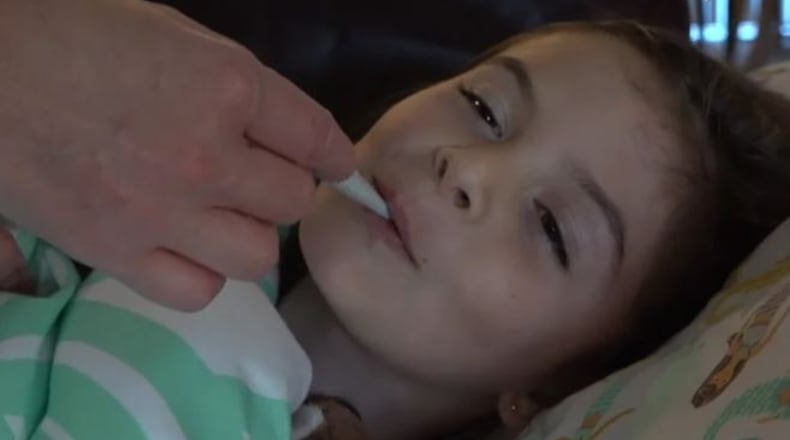Besides coming back from the long winter break with new clothes and stories of holiday trips, students will do what kids do well — spread germs.
While there are ways to try to avoid it, inevitably there will be sick kids and adults at school. The health of the school population in general can be greatly affected by the actions of parents and administrators.
The 2019-20 flu season started off aggressively with the number of cases steadily rising. Health officials have reported that flu activity is expected to increase even more after the holiday break.
Almost 1 in 10 patient visits (9.6%) to doctors were for the flu during the week ending Dec. 21, according to the Georgia Department of Public Health. That marks a jump from 6.7% the week before.
The number of flu-related hospitalizations in metro Atlanta has reached 387 this season, and the number of flu-related deaths in Georgia has climbed to seven. Four of those who have died were 49 or younger.
Related story: Flu activity in Georgia picks up as death toll rises
Related story: Discovery High wrapped us school year with no new TB cases
Related story: Some schools add in-school health care
Georgia is one of 25 states with high flu activity, according to the latest surveillance report from the Centers for Disease Control and Prevention. And flu can be especially dangerous for children. CDC estimates that between 6,000 and 26,000 children younger than 5 years have been hospitalized each year in the United States because of influenza.
Flu symptoms can include fever, cough, sore throat, runny or stuffy nose, body aches, headache, chills, feeling tired and sometimes vomiting and diarrhea (more common in children than adults). Some people with the flu will not have a fever.
Parents can protect their children’s health and that of others by keeping sick kids at home. If a child exhibits several flu symptoms it’s probably best to err on the side of caution for at least one day.
“Our school nurse specialist also mentioned one thing parents should be aware of: Many doctor’s notes state the child may return to school when fever-free for 24 hours,” said Meghan Frick, a spokeswoman for the Georgia Department of Education. “Parents sometimes don’t realize that this means fever-free for 24 hours without the use of antipyretic medications like Tylenol or Motrin.”
School administrators can help by keeping sick students and staff separate from others until they can be picked up to go home. When feasible, identify a “sick room” through which others do not regularly pass, says the CDC. The sick room should be separated from areas used by well students for routine health activities, such as picking up medications. Sick room staff should be limited in number and should not be at high risk for severe illness if they get sick.
And of course, keeping surfaces clean — especially doorknobs — is a good way to keep germs at bay. Teachers may want to wipe down desks between classes in middle and high school and maybe during recess in elementary schools — or at least have the kids do it.
Although flu germs are relatively fragile, they can live up to eight hours after the infected person has coughed or sneezed.
Even healthy children can get very sick from flu. If your child is experiencing the following warning signs, the CDC recommends going to the emergency room:
- Fast breathing or trouble breathing
- Bluish lips or face
- Ribs pulling in with each breath
- Chest pain
- Severe muscle pain (child refuses to walk)
- Dehydration (no urine for eight hours, dry mouth, no tears when crying)
- Not alert or interacting when awake
- Seizures
- Fever above 104 degrees
- Fever or cough that improves but then returns or worsens
- Worsening of chronic medical conditions
Source: Centers for Disease Control and Prevention
About the Author
The Latest
Featured


